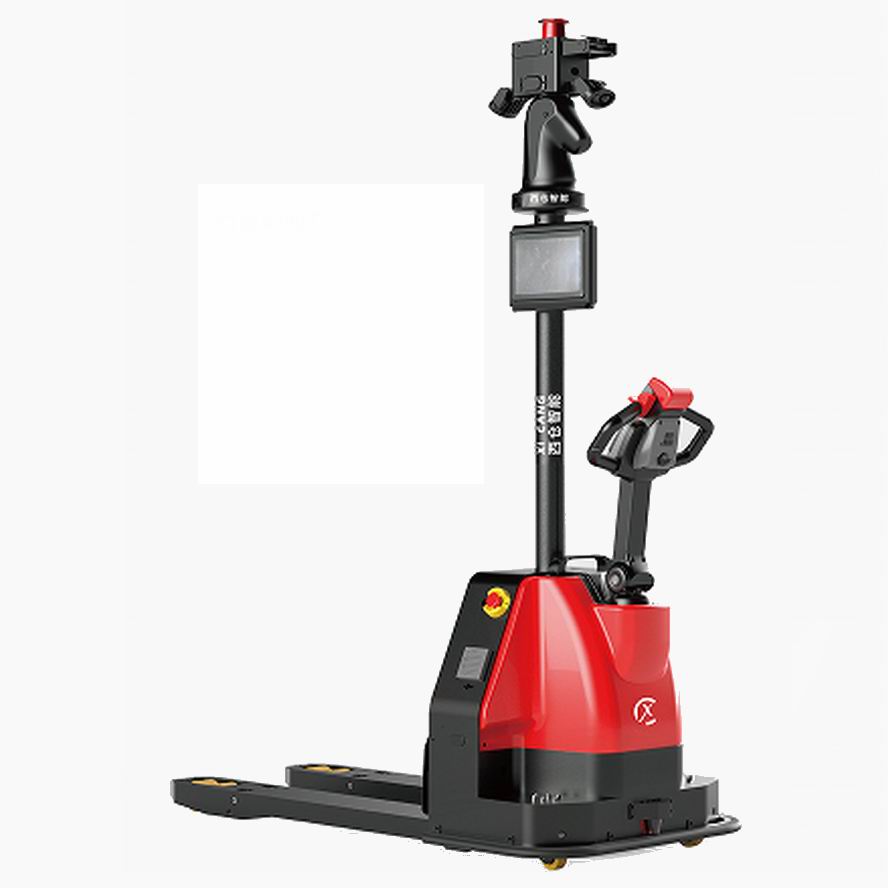Deformation joints in buildings are a common feature in construction projects. When structures of different sizes, types, and heights are built on varying geological conditions, it's crucial to consider factors like temperature changes, settlement, and seismic activity. Neglecting these elements can lead to cracks or even structural damage. Below, we explain the different types of construction joints and their placement principles to help guide future engineering practices.
1. **Expansion Joint (Temperature Deformation Joint)**
The primary purpose of an expansion joint is to prevent structural deformation and cracking caused by temperature fluctuations and material shrinkage. These joints should be placed where stress concentration due to temperature and shrinkage is most likely, especially in masonry walls. The spacing of such joints can be calculated based on design standards, such as Table 6.3.1 of the Masonry Structure Design Code (GB2003-2001). For example:
- Reinforced concrete structures with insulation: up to 50 meters
- Reinforced concrete structures without insulation: up to 40 meters
- Light steel roofs: up to 100 meters
Expansion joints typically involve separating the superstructure from the foundation to allow free movement.
2. **Settlement Joint**
A settlement joint is designed to prevent cracks caused by uneven foundation settlement. It helps control shear cracks by allowing the structure to move independently. Key locations for settlement joints include:
- At building corners
- Where there are height or load differences
- In areas with significant soil compressibility
- Between different foundation types or structures
The width of the settlement joint depends on the number of floors, ranging from 50–80 mm for 2–3 stories, up to over 120 mm for more than five stories. It’s important not to fill the joint with materials that could restrict movement, as this may compromise its function.
3. **Seismic Joint**
To improve a building's seismic resistance and reduce potential damage, seismic joints are required under certain conditions. According to GB50011-2001, these joints are necessary when there are height differences of more than 6 meters, large floor height variations, or significant differences in structural rigidity or mass.
For high-rise reinforced concrete buildings, the minimum width of the seismic joint varies depending on height and seismic intensity. Typically, it ranges from 50–100 mm. Seismic joints must be continuous from top to bottom and should be placed along the full height of the building.
4. **Post-Casting Strip**
A post-casting strip is a temporary joint used during the pouring of cast-in-place concrete structures. It helps manage temperature and shrinkage stresses, reducing the risk of through-cracking. Usually placed every 30–40 meters, the width is around 70–100 cm. After two to four weeks, the gap is filled with micro-expanding or non-shrinkage cement to ensure a seamless connection.
While structural joints are essential, they can increase costs and complicate construction. Therefore, architects and engineers should collaborate to minimize their use wherever possible. In modern buildings, especially those with complex shapes or in earthquake-prone areas, avoiding joints can be challenging. However, careful planning and design can reduce the need for them, enhancing both functionality and aesthetics.
Jiangsu XC Intelligent Technology Co., Ltd. is a pioneer in the field of industrial segmentation, a comprehensive solution provider that integrates software and hardware development, industrial digital intelligence, and industrial cost reduction and efficiency improvement.XC Pioneer AGV Intelligent Forklift
Specification information:
Weighing limit: 1.5 tons
Charging method:
Manual charging: When the AGV reaches the charging position, the warning light flashes and warning music sounds.
Automatic charging: When the AGV reaches the charging position, it starts charging after confirming the information when starting the charging station. It is suitable for 24-hour long-term work projects.
Function introduction: LiDAR positioning, active cruise control, and active obstacle avoidance.Fork SLAM Navigation AGV
The navigation path and station can be set and changed by computer, with a flexible front fork that can adapt to various cargo transfer tools. It is a fully electric transport vehicle.
Suitable for handling with a large number of loading and unloading points and frequent stations change, accurately moving from warehouse to various workstations on the production line. For handling with longer navigation paths, it is more suitable to use pallets as transfer tools or for handling with large dimensions and quantities of intermediate transfer vehicles (racks).


Agv Cargo Transfer Forklift,Agv Heavy Duty Pallet ,Carrying Robot
Jiangsu Xicang Intelligent Technology Co., Ltd. , https://www.xciwarehousing.com